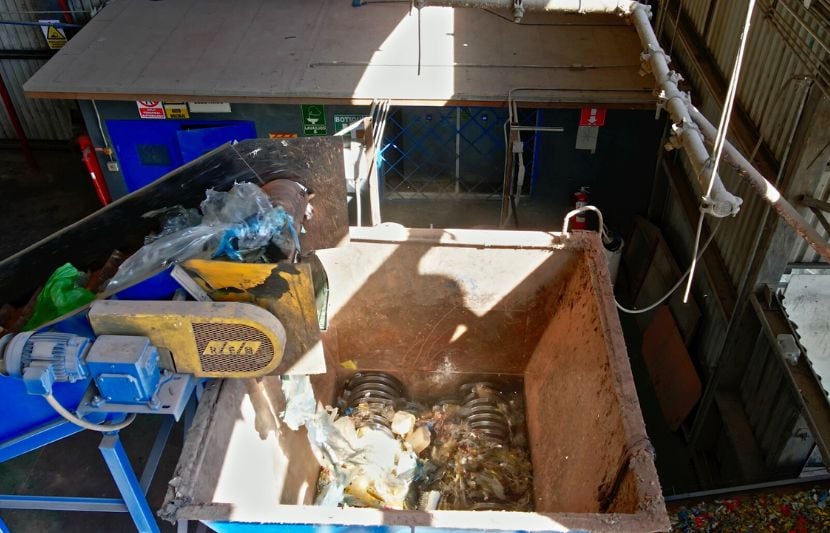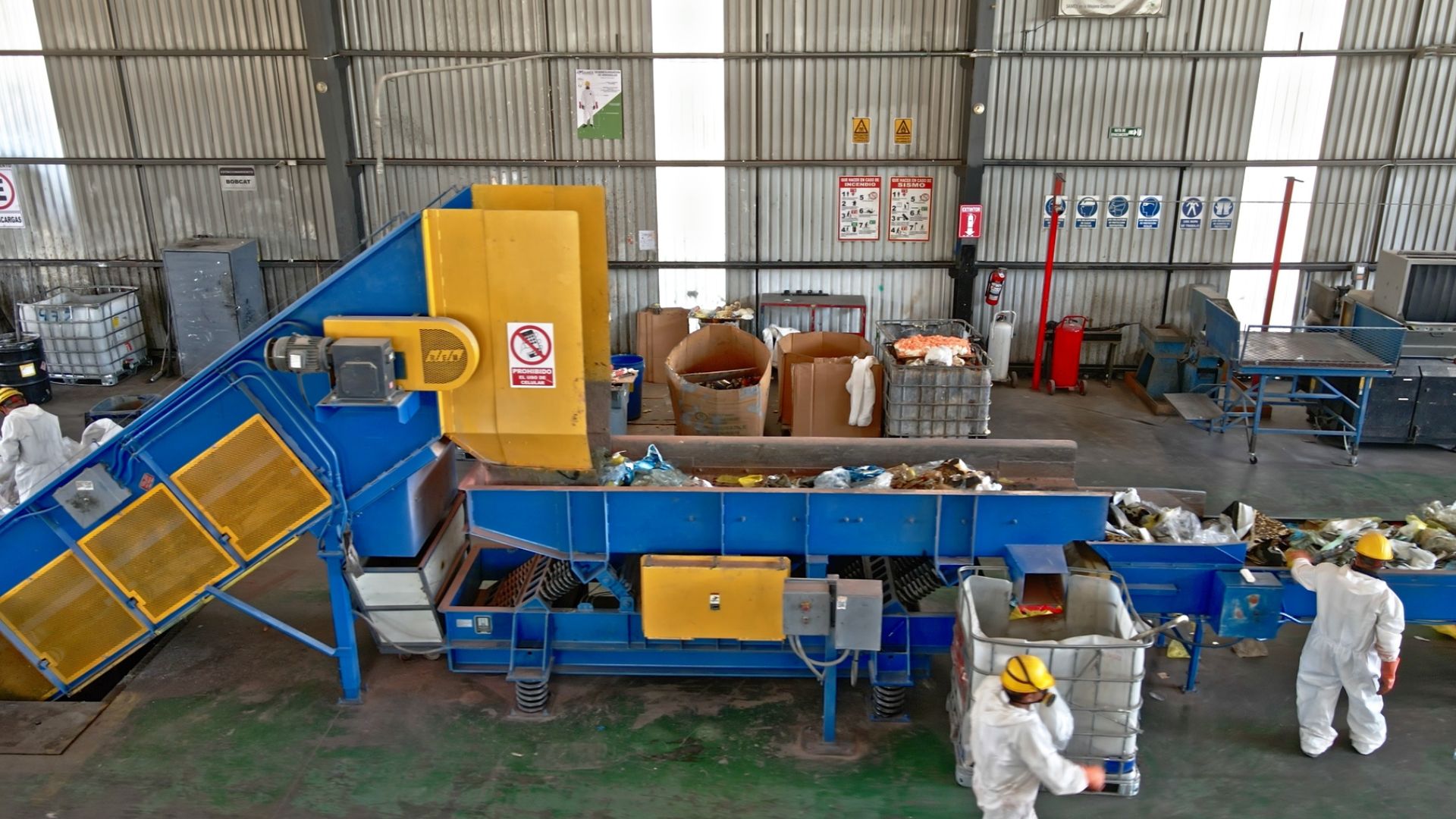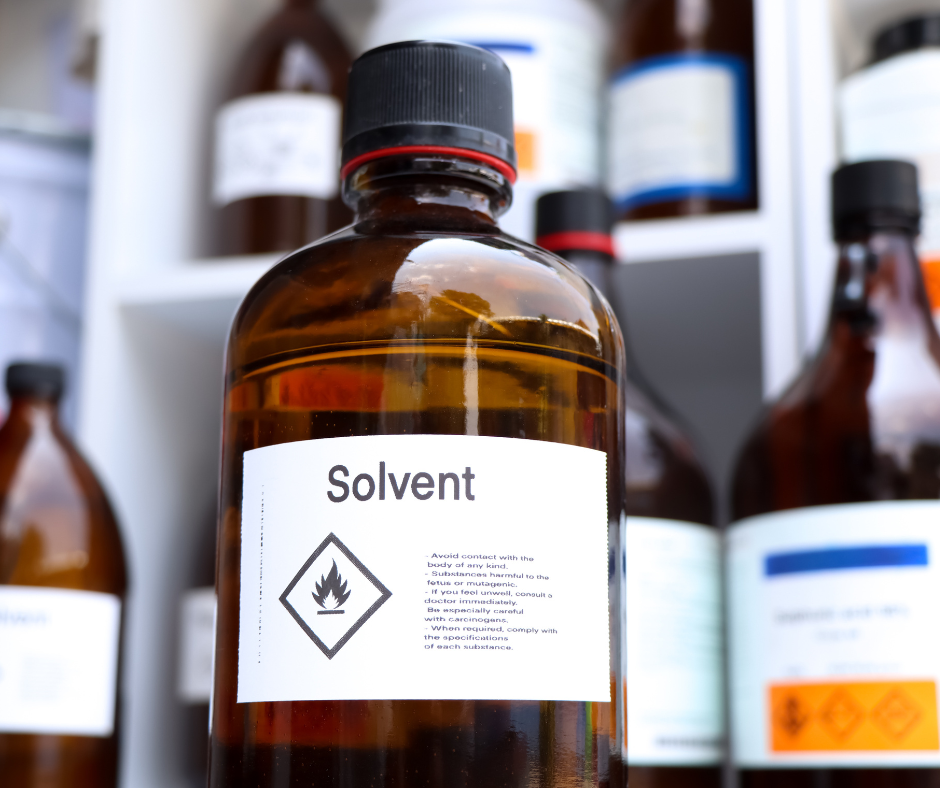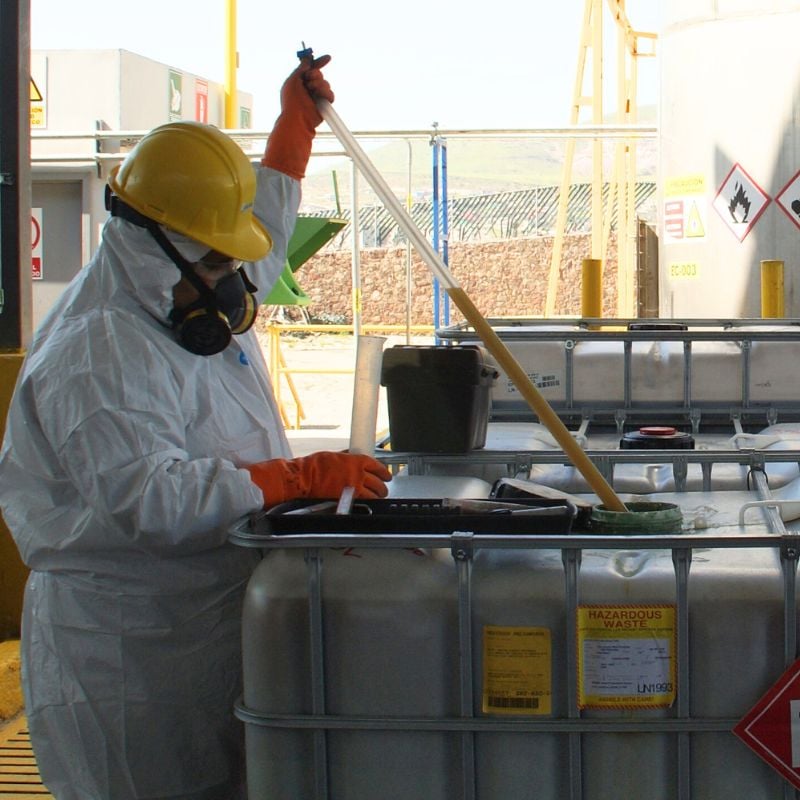Hazardous Waste Management for Flammable Solids
Discover effective methods for the safe disposal of flammable solids with this comprehensive guide on hazardous waste management.
4 min read
 Larry Burton
:
Jun 11, 2025 11:08:51 AM
Larry Burton
:
Jun 11, 2025 11:08:51 AM

Knowing whether a material belongs to Class 4.1 Flammable Solids can determine how it must be stored, handled, transported and disposed of.
Misidentification can lead to severe consequences, and as a business, you do not want to be responsible for anything that can go wrong through improper handling.
Understanding the characteristics and examples of Class 4.1 substances helps facility managers and safety officers implement practical safeguards that reduce the risk of ignition and protect both employees and infrastructure.
Class 4.1 materials are defined by the U.S. Department of Transportation and the United Nations as “flammable solids, self-reactive substances and desensitized explosives.”
self-reactive substances and desensitized explosives.”
These materials are prone to catching fire through friction, absorption of moisture, spontaneous chemical reactions or exposure to heat sources. What unites them is their ability to ignite easily and burn vigorously when exposed to an ignition source.
Here are some common examples of Class 4.1 flammable solids:
These materials fall into the 4.1 classification primarily due to one or more of the following characteristics:
Even small quantities of these substances can present outsized risks if not managed correctly.
Whether you’re managing large-scale industrial operations or smaller laboratory settings, the same principles apply: prevent ignition, control access and prepare for emergencies.
When storing flammable liquids, use approved containers. Class 4.1 solids should be kept in containers specifically rated for flammable solids, with secure seals and proper labeling.
Segregate from incompatible materials. Keep flammable solids away from oxidizers, acids, water-reactive substances and sources of ignition.
Store in cool, dry areas. Temperature and humidity control is critical. Some Class 4.1 materials, like self-reactive compounds, may require refrigeration or climate-controlled storage.
When indoors, flammable solids should be stored in flammable storage cabinets built to withstand fire exposure and contain potential spills.
Other best practices to keep your facility and your workers safe include:
When industrial operations produce flammable solid waste, the traditional disposal routes often involve incineration or landfill use. While incineration utilizes effective scrubbers and other processes to limit air emissions, many incineration facilities that handle hazardous waste are far distances from your facility. Therefore energy is wasted simply transporting your flammable solids.
landfill use. While incineration utilizes effective scrubbers and other processes to limit air emissions, many incineration facilities that handle hazardous waste are far distances from your facility. Therefore energy is wasted simply transporting your flammable solids.
A cleaner, more sustainable alternative is fuel blending, a process that repurposes combustible waste into an energy source for industrial applications. Samex operates a state-of-the-art facility located just over the U.S.-Mexico border, making it a short distance for industries located in the Southwest U.S.
Fuel blending involves mixing high-BTU flammable solids with other compatible waste materials to create an alternative fuel. This blended fuel is then used to power energy-intensive operations like cement kilns, replacing a portion of fossil fuels with recovered waste. Not only does this help manage hazardous materials, but it also promotes energy recovery, turning disposal into an opportunity for sustainability.
At Samex Environmental, flammable solids are received in containers such as boxes, drums or roll-offs. Once onsite, each shipment is carefully documented, weighed and barcoded. The material is then processed through a shredding line designed to convert it into fuel-grade waste. During this stage:
The resulting blend is shipped to industrial cement kilns, located only 90 miles from San Diego, California, where it is burned at high temperatures in a controlled environment, ensuring both safe destruction and energy efficiency.
Not every flammable solid is suitable for fuel blending. To be eligible, the material typically must meet the following standards:
Fuel blending contributes to broader environmental goals. By turning flammable waste into a usable energy source, companies can reduce reliance on virgin fossil fuels, minimize landfill volumes, lower their greenhouse gas emissions and support zero-waste and circular economy initiatives.
For organizations aiming to meet sustainability benchmarks or improve their environmental footprint, fuel blending provides a compliant and forward-thinking waste management solution.

Discover effective methods for the safe disposal of flammable solids with this comprehensive guide on hazardous waste management.

Navigating the complexities of hazardous waste management can become particularly challenging if your business is seeking environmentally friendly...

If you are looking to unlock efficiency and reduce your solvent disposal costs, state-of-the-art equipment that Samex Environmental provides to its...